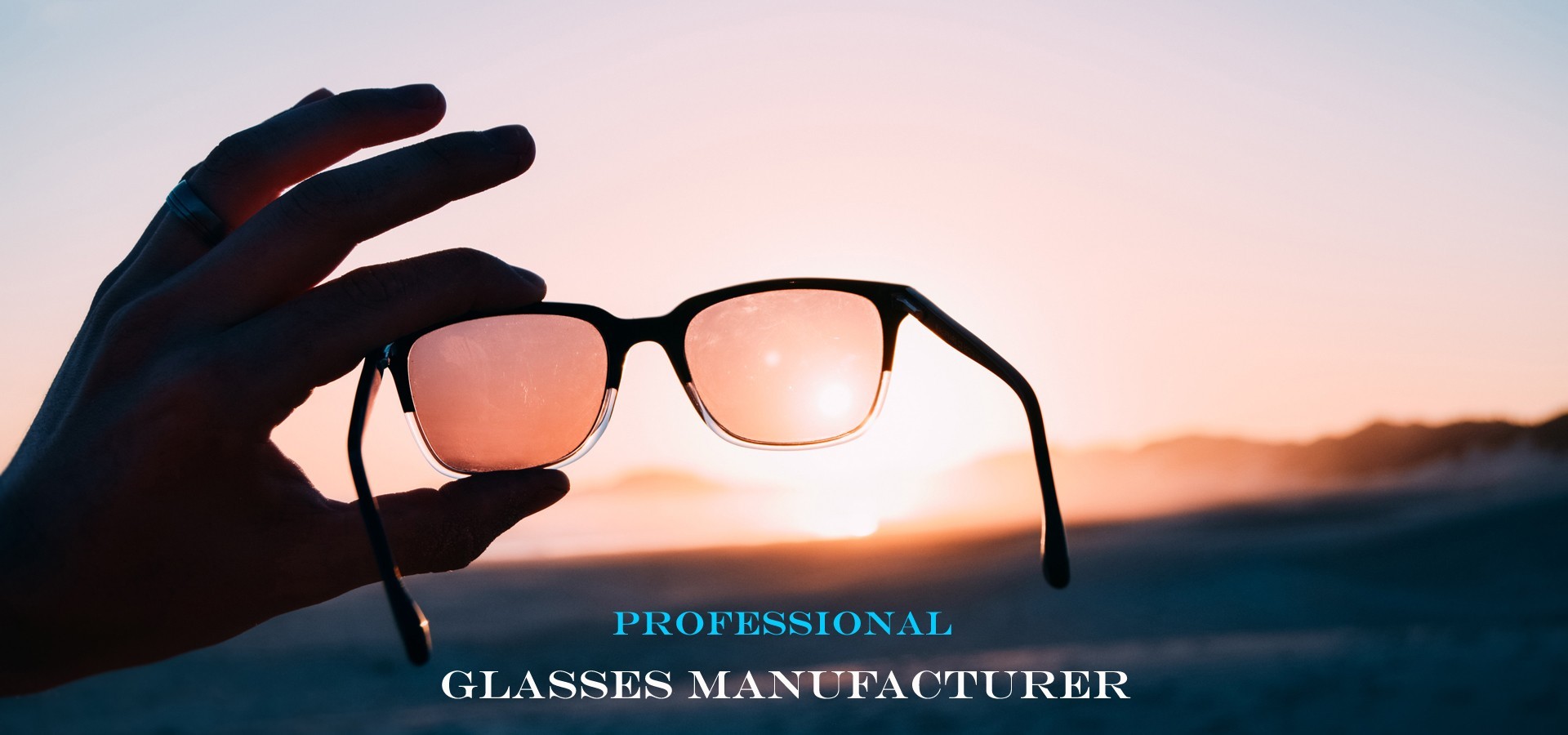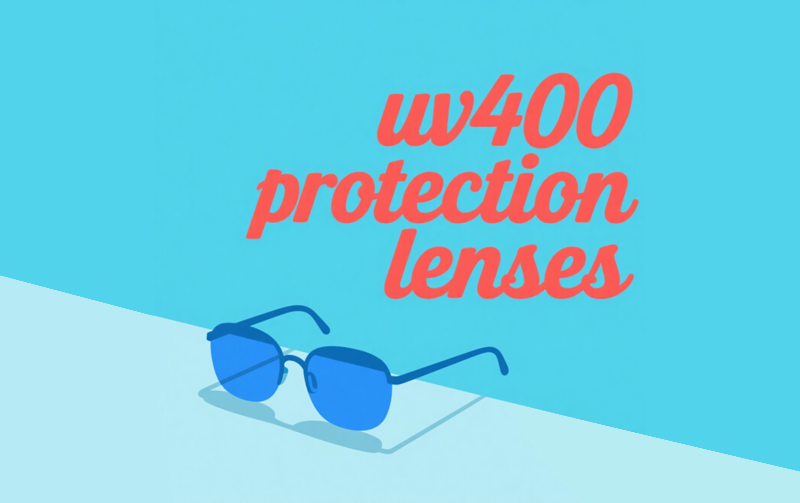
- Home
- >
- News
- >
- UV400 protection lenses
- >
UV400 protection lenses
2025-06-17 17:27UV400 Protection Lenses
UV400 protection lenses are designed to block nearly all ultraviolet (UV) radiation from the sun, offering crucial eye protection. Here’s a comprehensive guide to understand their features, importance, and how they work:
1. What Is UV400 Protection?
UV Radiation Spectrum:
UVA (320–400nm): Penetrates deep into the eye, linked to cataracts and macular degeneration.
UVB (280–320nm): Damages the eye’s surface (cornea and conjunctiva), causing sunburn-like irritation.
UV400 Definition: Lenses labeled “UV400” block UV rays up to 400 nanometers (nm), effectively blocking 100% of UVA and UVB radiation (since UVC rays, <280nm, are mostly filtered by the atmosphere).
2. Why UV400 Protection Is Essential
Eye Damage Risks:
Cataracts: Long-term UVA exposure increases the risk of lens clouding.
Pterygium (Surfer’s Eye): UVB damage can cause abnormal tissue growth on the eye’s surface.
Macular Degeneration: Chronic UVA exposure may contribute to age-related vision loss.
Vulnerability Factors:
Altitude & Reflections: UV intensity increases at higher altitudes and reflects off water, snow, or pavement, doubling exposure.
Long-Term Cumulative Damage: UV effects are cumulative, making protection critical from childhood onward.
3. How UV400 Lenses Work
UV Blocking Mechanisms:
1. Material Absorption:
Polycarbonate, Trivex, or CR-39 lens materials can be engineered to absorb UV rays.
Example: Polycarbonate lenses inherently block most UV, but additional coatings enhance performance.
2. Coating & Lamination:
UV-blocking coatings: Thin layers applied to lenses that absorb or reflect UV radiation.
Polarizing film integration: Some polarized lenses include UV-blocking properties in their film.
Key Point: UV400 protection is separate from lens color or polarization; it relies on material and coating technology.
4. Identifying Genuine UV400 Lenses
Look for Clear Labeling:
Certifications like “UV400,” “100% UV Protection,” or “UV400 Protection” on the lens, frame, or packaging.
Compliance with international standards:
ASTM (US): F1632 (for sports eyewear) or F2157 (for sunglasses).
CE (Europe): EN 1836:2005 (sunglasses) or EN 166 (safety eyewear).
Beware of Greenwashing:
Vague terms like “UV Protection” without specific numbers (e.g., UV400) may indicate partial protection.
Cheap sunglasses may lack proper testing, even if labeled “UV-protective.”
5. UV400 vs. Other UV Ratings
Rating | UV Blocking Efficiency | Suitability |
UV400 | 100% of UVA (320–400nm) and UVB (280–320nm) | Ideal for all outdoor activities. |
UV380 | Blocks up to 380nm (misses 20nm of UVA) | Less effective; avoid for prolonged sun exposure. |
No Specific Rating | Varies (may block <90% of UV) | Inadequate for reliable protection. |
6. Who Needs UV400 Lenses?
Everyone, Especially:
Outdoor Enthusiasts: Hikers, cyclists, beachgoers, and athletes.
Drivers: Prolonged sun exposure while driving increases UV risk.
People with Light-Colored Eyes: Lighter irises offer less natural UV protection.
Children: Young eyes are more susceptible to UV damage, and habits formed early reduce long-term risks.
7. Additional Features to Pair with UV400
Polarization: Reduces glare from reflective surfaces (e.g., water, roads), complementing UV protection.
Wraparound Frames: Minimize UV exposure from the sides, ideal for high-altitude or snowy environments.
Photochromic Lenses: Darken in sunlight, combining UV protection with adaptive tinting (ensure they’re also labeled UV400).
8. Maintenance and Longevity
Cleaning Tips:
Use a microfiber cloth and mild soap to avoid damaging UV coatings.
Avoid harsh chemicals (e.g., ammonia) that can degrade lens materials.
Replace When Damaged:
Scratched, cracked, or delaminated lenses may compromise UV blocking.
Photochromic lenses lose effectiveness over time (5–7 years), even if stored properly.
Summary
UV400 protection is non-negotiable for eye health, as it blocks all harmful UVA and UVB rays that cause long-term damage. When shopping for sunglasses or prescription eyewear, prioritize lenses with clear UV400 certification and avoid products with vague labeling. Remember: polarization and tint darkness are separate from UV protection—always check for both to ensure comprehensive safeguarding.

Xiamen Jiayu Optical Co.,Ltd was founded in year 2009 and is located in Xiamen city. Our products are including sun lenses,sunglasses,safety glasses,sports sunglasses,ski goggles,optical frames. As a professional eyewear supplier, we have excellent teams who focus on product development & design, quality control & inspection and company running. Many Jiayu people have more than 15years' eyewear production experience. We have many high-tech automatic production lines for lenses production, which you can see in the video. In order to supply the best products and services, we have built a modern quality management system, and we have a lab inside our factory to test the products. All of our products are up to ANSI,AN/NZS, CE standards. Test reports can be offered.OEM & ODM service are offered. Customized drawings according to your idea can be done, your own unique designs can be created easily. Furthermore, good solutions for color combinations, logos and packaging designs can be offered also. Stable good quality and one year guarantee, quick response from our people and short lead time,all those will satisfy you. Let us be your long-term partner for your eyewear.
